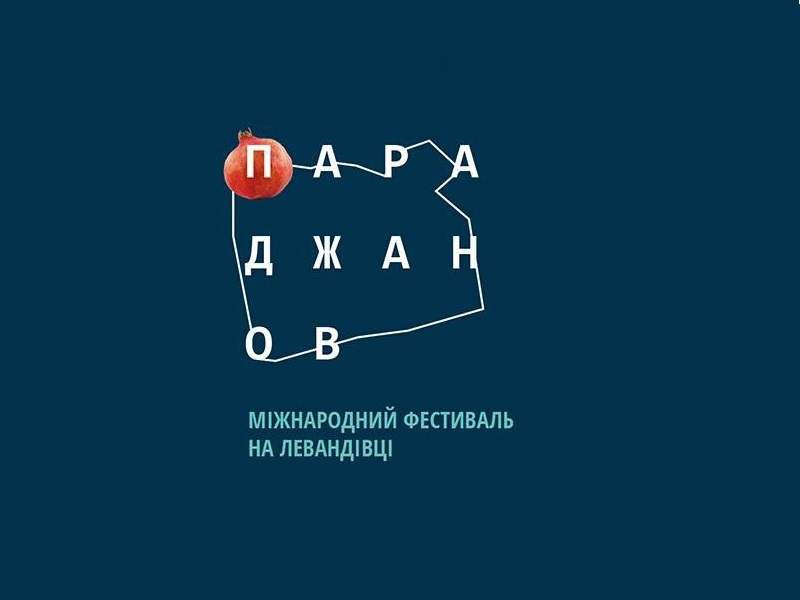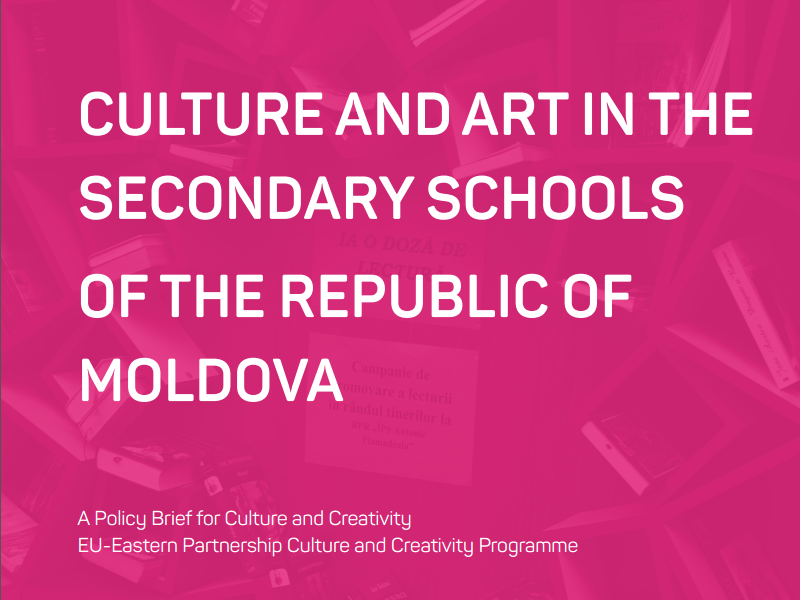
WHY MUSEUMS STRUGGLE FOR PROFESSIONAL AWARDS
Awards in the museum community aren’t necessary, but are desirable. First of all, awards promote development and, secondly, they attract the society’s attention to the museum sector.
The advantages for museums participating in such events are obvious: it’s an opportunity to increase the institution’s rank, make the museum’s name stand out among hundreds of others, attract visitors and possibly get decent prize money.
Organizers of the European Museum of the Year Award (EMYA), the most prestigious award of this kind in Europe, assert that public recognition has positively influenced the life of many museum employees and focused attention on small museums with innovative content that would otherwise hardly become famous at the continental level. That being said, only museums that opened not more than three years ago or carried out a substantial upgrading and reconstruction may participate in EMYA. In 2015, the grand prize-winner was the Rijksmuseum of the Netherlands, which had temporarily been closed for visitors due to a complete renovation.
The prize money, usually provided by organisers of such events, is crucial. For instance, the Art Fund’s Museum of the Year award has a prize in the amount of £100,000. In 2015, the award was received by the Whitworth Art Gallery of the University of Manchester, which had previously undergone a major renovation.
Some awards in the museum community are intended provide information about benefits provided by the winner. For example, the relatively “young” Children in Museums Award, established by the European Museum Academy, reviews museum exhibitions from the standpoint of their adaptation for children. The best of the best are museums with an innovative approach that are interesting for children under 14. In 2014 the National Museum of Denmark won the award. Its representative Marianne Bergman states this award enabled the museum to attract more attention not only to its work with children, but to the quality of that work as well.
Sources:
http://www.europeanmuseumforum.info
http://www.hands-on-international.net/
http://www.artfund.org




